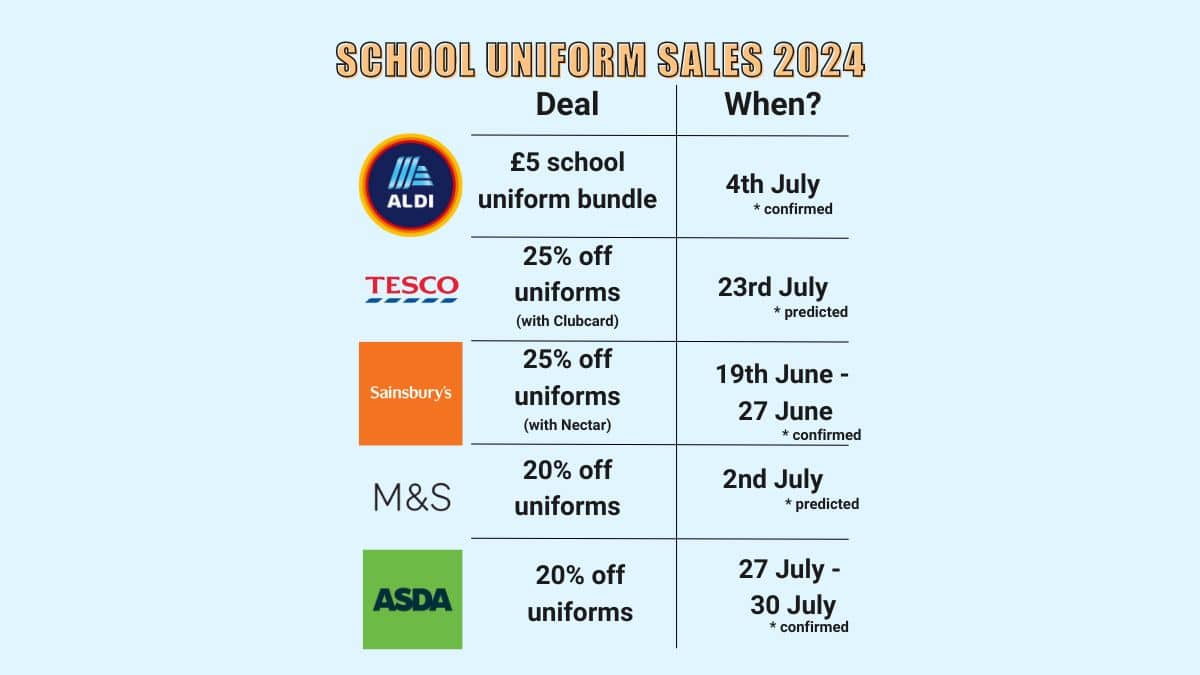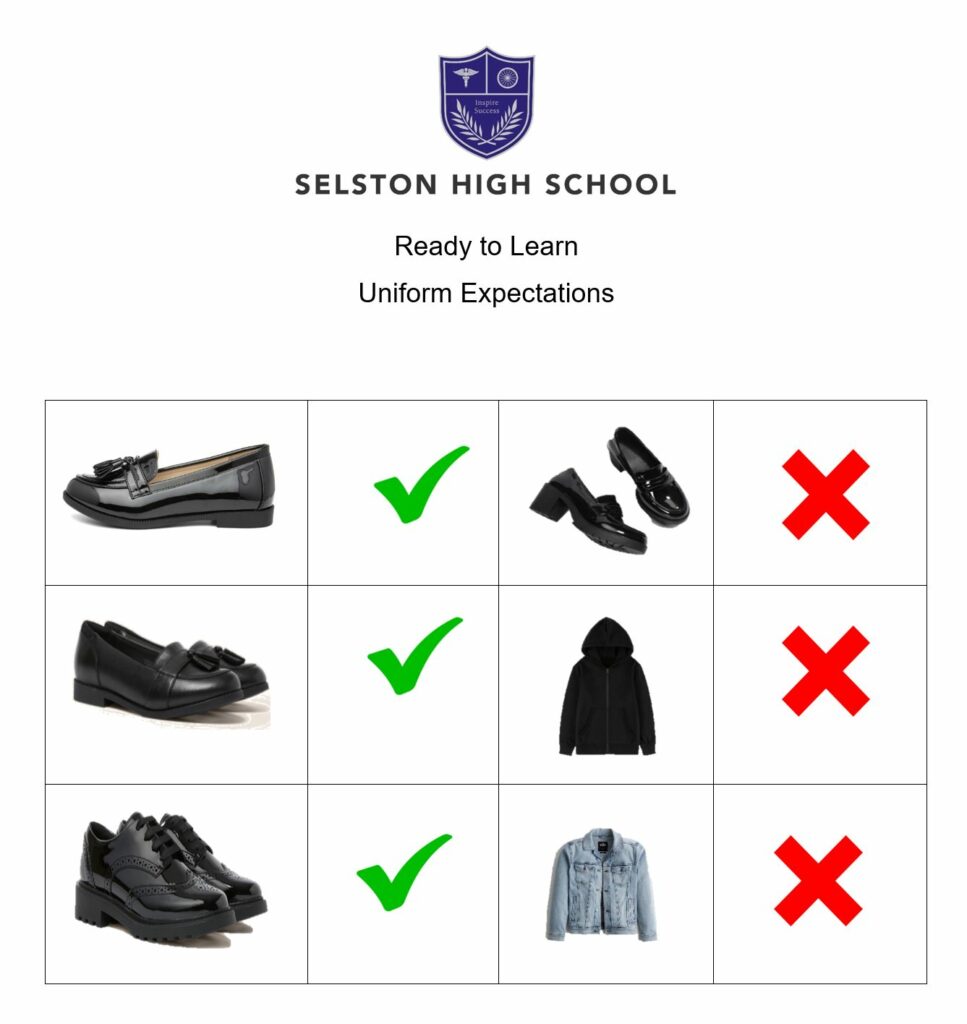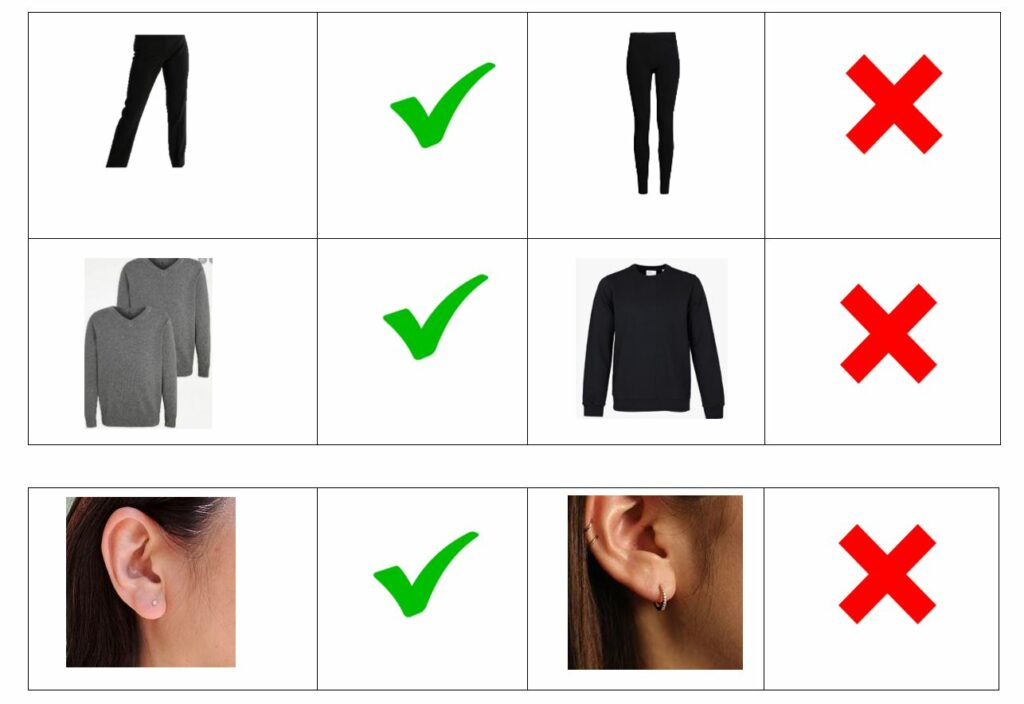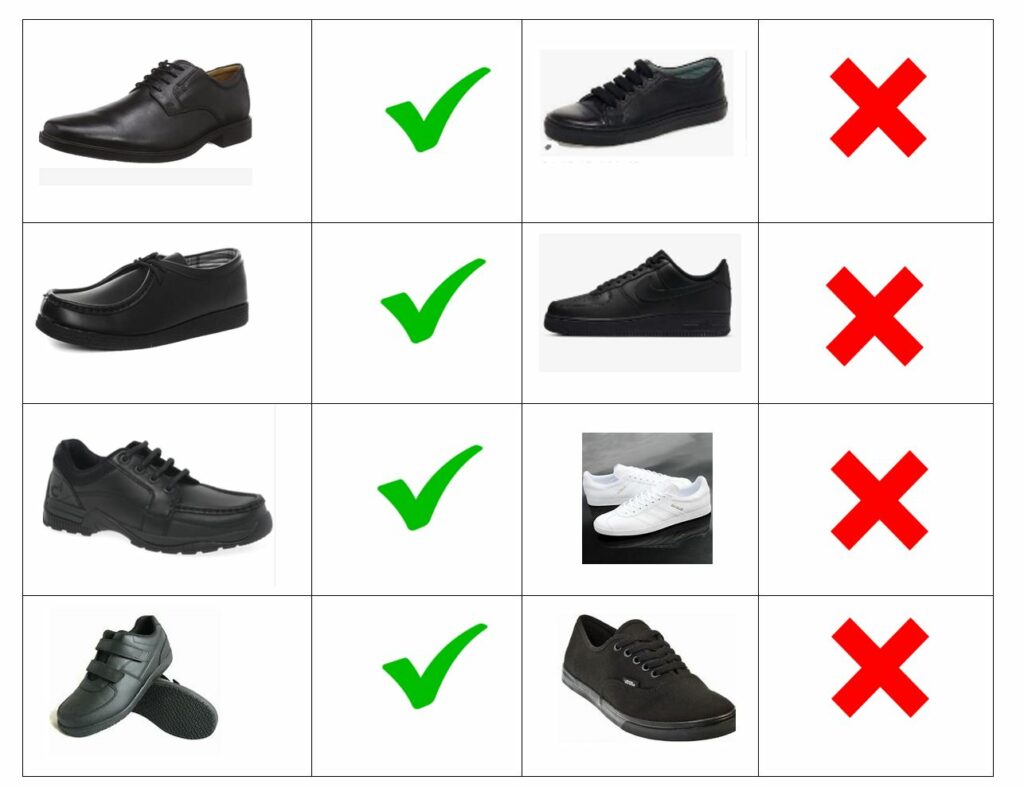It is important that students arrive in school and at lessons ‘Ready to Learn’
‘Ready to Learn’ is a set of routines that children will follow which will allow them to be more successful at school and in their studies. The routines help to build ‘intrinsic motivation’ – a desire to do well for oneself – and maximise learning time and attention and focus in lessons.
Ultimately, what we all want for the young people at Selston High School is for them to be happy, confident and successful in the outside world beyond school. Employers value punctuality, attendance, organisation, preparedness, confidence, resilience, teamwork and the ability to work independently using initiative. ‘Ready to Learn’ aims to develop all of these skills. Furthermore, academic achievement is also hugely important in today’s world with many trades and professions requiring strong GCSE passes. ‘Ready to Learn’ will help students succeed academically.
The first element of ‘Ready to Learn’ is simple; being in the correct uniform for school, with the correct equipment – just as you would be expected to be in the world of work. Our first ‘routine’ occurs at the school gate in the morning: Welcome ‘Standards’ Gate. Every morning, SLT and pastoral staff will be at the gates welcoming children into school. Students will show the staff their equipment and planners at the gate, ensuring they are prepared for the day. Where a student does not have the correct uniform or equipment,
this will be provided.





